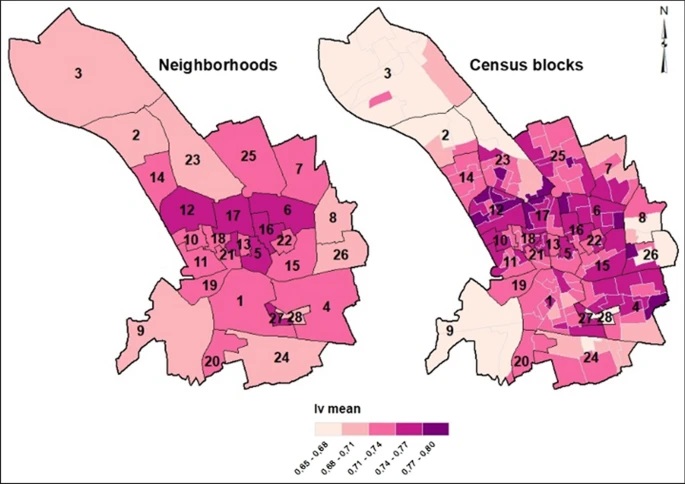Classifying buildings according to seismic vulnerability using Cluster-ANN techniques: application to the city of Murcia, Spain
Meyers Angulo E, Martínez-Cuevas S, Gaspar-Escribano JM (2023). Classifying Buildings According to Seismic Vulnerability Using Cluster-ANN Techniques: Application to the City of Murcia, Spain, Bulletin of Earthquake Engineering, https://doi.org/10.1007/s10518-023-01671-5
Abstract
The seismic vulnerability of a city is a degree of its intrinsic susceptibility or predisposition to sustain damage or losses stemming from seismic events. In terms of physical vulnerability, one of the most important factors for assessing seismic risk, especially, for estimating losses, is the exposure of structures, particularly those structures intended for residential use. The present article outlines a methodology for classifying residential buildings based on the structural and non-structural components that ultimately determine the building typology and control the seismic performance. The proposed methodology is divided into three steps: first, spatial data are analysed using an official database that is supplemented by remote field work to verify, validate, and identify construction typologies and urban modifiers after incorporating the new observable data. During the second step, machine learning techniques based on Two-Step cluster analysis and neural networks are used to identify building typologies, using a multilayer perceptron to assess the representativeness of the building typologies identified. Finally, each building typology is defined, a vulnerability assessment is carried out, and vulnerability classes are ranked based on the macroseismic scale. The above-mentioned steps were applied to 7631 residential buildings in the city of Murcia, Spain. The methodology is scalable and may be automated, so it may be replicated in other urban areas with similar characteristics or adapted to different urban settings. This may help save time and reduce the cost of carrying out seismic risk studies, providing valuable information for both civil protection and regional and local governments. Read more


